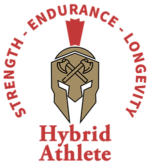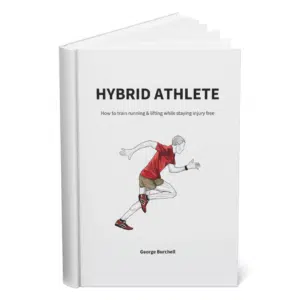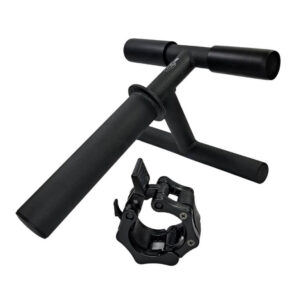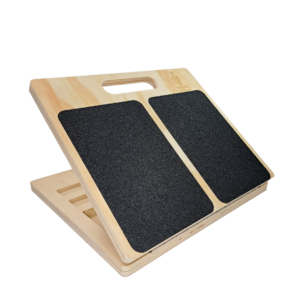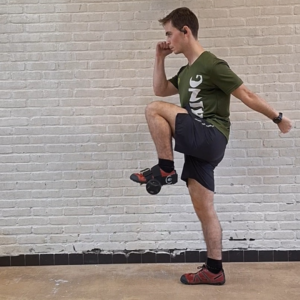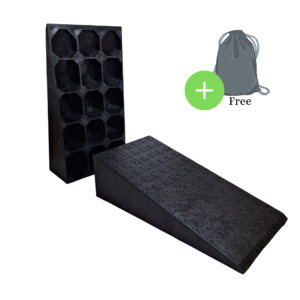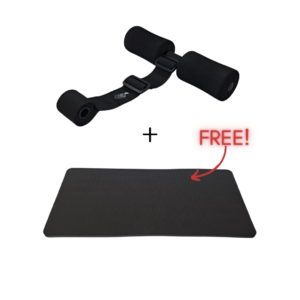
Table of Contents
Ah, the age-old fitness conundrum: to allow or not to allow the knees to venture past the toes during a squat. If you’ve been around the gym, you’ve likely heard the traditional advice to keep those knees firmly behind the invisible line drawn from your toes. Or, hopefully, you started hearing it less often.
…But what if I told you that there’s a whole world of strength, flexibility, and injury resilience waiting for you on the other side of that line? Welcome to the Knees Over Toes training realm, a place where I’ve spent countless hours as a fitness trainer specializing in this method (among others).
So, grab a protein shake, and let’s get started!
Debunking the Knees Over Toes Training Myth
The Misconception:
The idea of knees traveling over toes has been akin to a fitness faux pas for a long time. However, like skipping leg day, this notion is outdated and could be holding you back from reaching your true potential.
The Evidence:
Recent studies have turned this traditional advice on its head, showing that allowing a full range of motion at the knee is not only safe but beneficial for enhancing the strength and health of your lower limb muscles and joints (Fry et al., 2003).
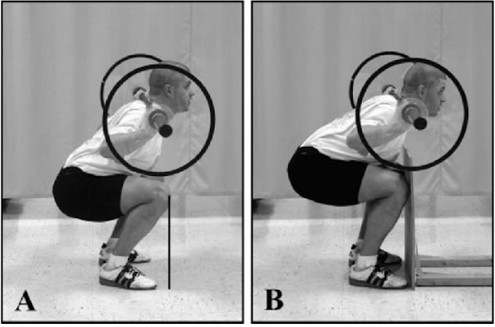
Restricted squats resulted in more anterior lean of the trunk and shank, as well as a greater internal angle at the knees and ankles. While restricting knee movement may reduce stress on the knees, it can transfer forces to the hips and low-back region.
Therefore, allowing slight forward knee movement may be necessary for proper joint loading during this exercise.
No-Equipment needed
- Backward walking – 5 minutes
- Tibialis raises against the wall – 1 set of 10 reps (work up to 25 reps)
- Knees Over Toes Calve raises – 1 set of 15 reps (work up to 25 reps)
- FHL calve raises – 1 set of 10 reps (work up to 25 reps)
- Gastrocnemius calve raises – 1 set of 10 reps (work up to 25 reps)
- Ass To Grass Split Squat – 5 sets of 5 reps on each side (work up to 5×20 reps)
- Patrick Step – 1 set of 10 reps on each side (work up to 25 reps)
- Couch stretch – hold for 1 minute on each side (work up to 2 minutes each side)
- Calve stretch on a slant board – hold for 1 minute (work up to 2 minutes each side)
Beyond the Basics: Progression and Advanced Knees Over Toes Training
Once the basics are mastered or are getting boring, progress by amping up the difficulty.
The Mighty Sled:
Ah, the sled – the cornerstone of Knees Over Toes training. Pushing and pulling a sled might seem ancient, but it’s your ticket to bulletproof knees and build explosive power. This is a progression of the backward walking we mentioned earlier.
Tibialis Anterior Training With a Tib Bar
The Tib Bar allows for a full range of motion during dorsiflexion, which is the movement of pulling the toes towards the shins. This range of motion ensures that the tibialis muscle is fully engaged and loaded throughout the exercise – it’s a must-have if you want to take your training to the next level.
The tib bar gives you the option to load the tibialis anterior and break the plateau. If you’re into sports that involve a lot of jumping and/or sprinting, you surely know how important a resilient tibialis is.
On top of everything, it doesn’t require extra space for you to use it.
Nordic Hamstring Curls
They involve the careful and controlled lowering and raising of the body with the feet, lower legs, and knees in a fixed position. Nordic curls are a great way to lessen the chances of injury by strengthening the knee flexor muscles.
However, keep in mind – out of all advanced knees over toes training exercises, the Nordic curls is one of the most challenging.
Yes, Knees Over Toes Training Is For You (It’s For All Of Us, ngl)
It’s not just about understanding the mechanics but about embracing a training philosophy that could redefine your fitness narrative. So, here’s my challenge to you: try out these knees over toes exercises, feel the power in those knees, and start writing a new chapter in your fitness story.
Remember, every journey begins with a single squat, or in this case, a well-executed knee over toes movement. Your adventure into a world of stronger, more resilient knees starts now. Are you in?
If you like to learn more with in depth videos, consider following us on social media:
